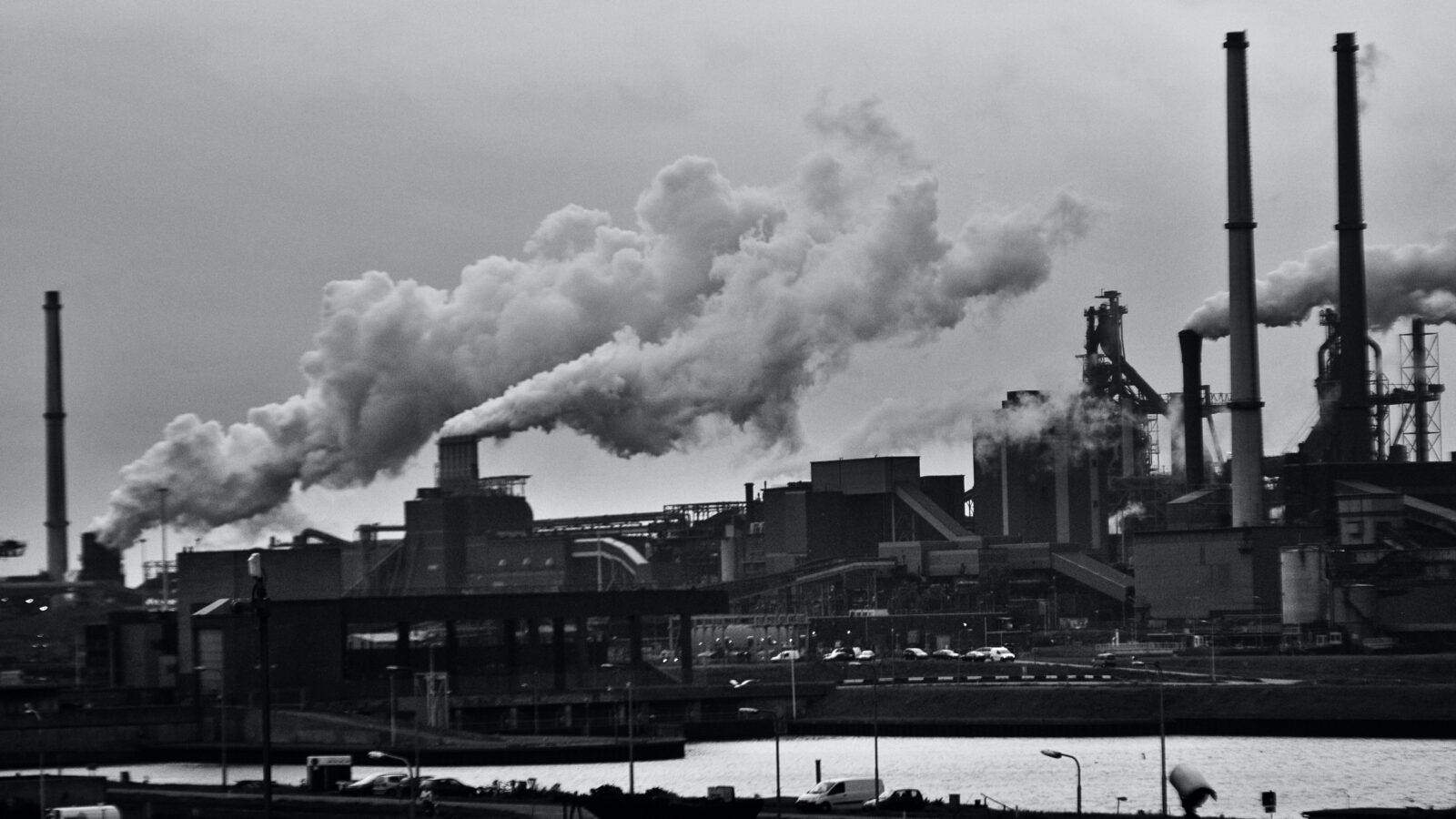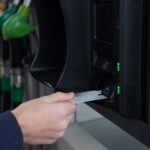-
Separation:
Since crude oil is a mixture of many types of carbons, they must be separated from each other. This takes place in the first phase of the petroleum processing. Here they heat up the petroleum so that a large part evaporates, this is called distillation. Distilling petroleum produces various by-products such as lubricating oil, asphalt, fuel oil, diesel, kerosene, petrol and gas. By heating the crude oil, the lighter components are separated from the heavier particles. Every substance in crude oil has its own boiling point. That of diesel is between 220 and 350 degrees. This heating is done in a distillation tower. After heating, the diesel oil has become gas. The gas is cooled so that it becomes a liquid (condensation) again. And now we have crude diesel oil.
-
Purification:
After the separation, the products are purified, this also starts with the heating of the products and here, among other things, the sulfur components are removed.
-
Improvement:
After these 2 steps you can already use this for some of the end products, but not yet for everything. They do this by having the product undergo all kinds of treatments.
-
Mixing:
Finally you create the end products you find at our pumps by adding all kinds of additives, petrol for example, consists of 10 components.



